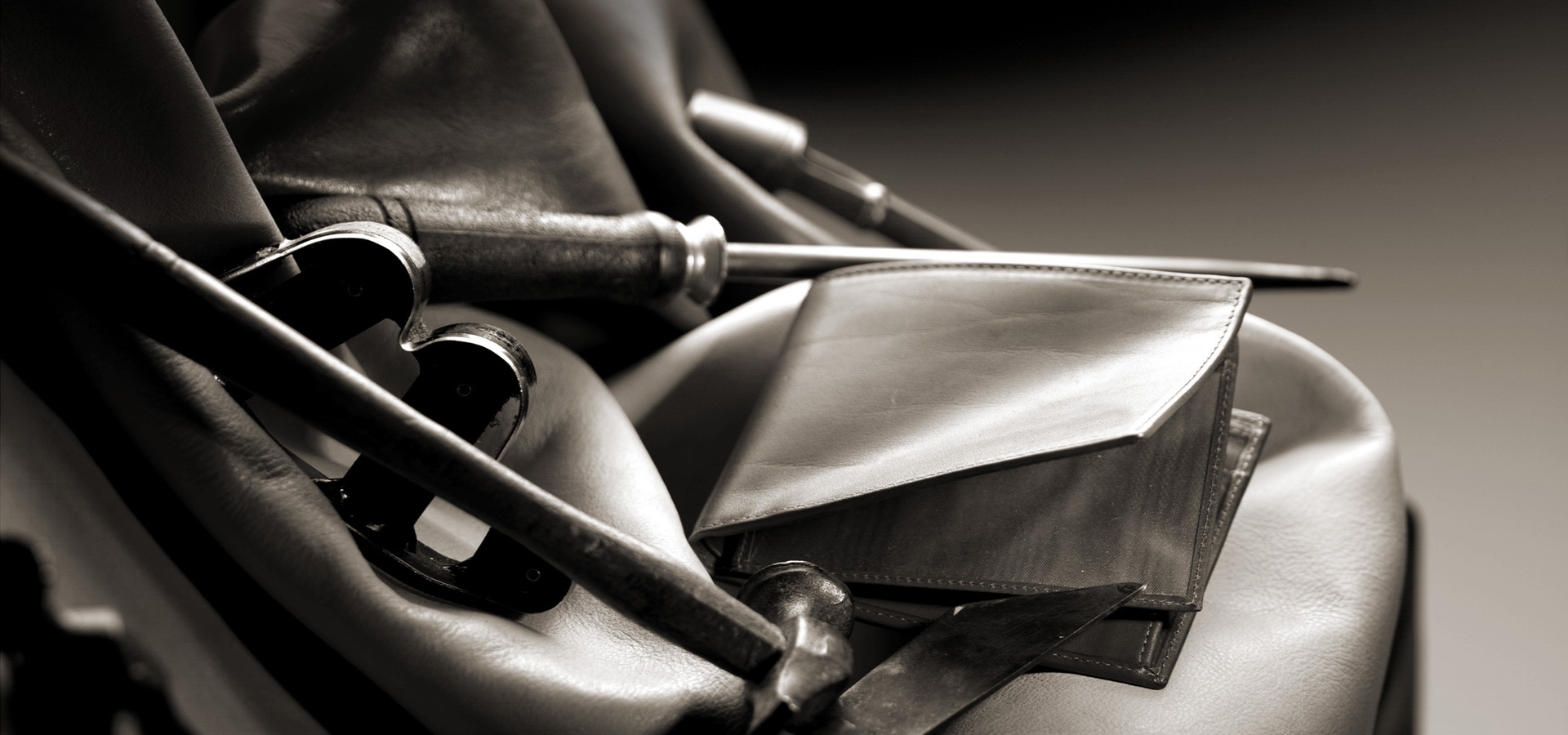
About Me
When I entered the world of leathergoods it was after few different experiences going from University to events planning passing through teaching Italian. I was lucky enough to find one of the biggest brands on my way, and I started in sales, then into production follow up and product develpoment and finally landing in the Florence sample room of one of the biggest and most renowed brand.
A sample room is the core of the leathergoods business. So far handbags for me had been an important and extremely useful accessory to be matched as much as possible in colour and style with what I was wearing to complete and enrich my outfit. Since I entered that sampleroom, though, handbags have no longer been just something to wear!
who I am
After the University I started my working career as a teacher of Italian as second language, then I switched to run my own event planning agency, and finally I landed in the world of the biggest and most renowed leathergoods brands.
My career path in this field first started in Sales, then into Production and finally landing in the Florence sample rooms of one of this big brands.
A sample room is the core in the leathergoods business.
So far handbags for me had been an important and extremely useful accessory to be matched as much as possible in colour and style with what I was wearing to complete and enrich the outfit.
Since I entered that sampleroom, though, handbags have no longer been just something to wear!
Managing a prototypes sampleroom where some of the best artisans of Florence area were working, I lived the experience of seeing a sketch becomes an object thru different steps.
Pattern making: sketch becomes a bunch of pieces of cardboard, one for each single part of the bag, outside as well as inside and even in between!
“Raising a salpa”: this expression is used to mean rough sampling so to get a precise idea of dimensions and proportions and drape. And, yes, the artisans “raise” it as a child.
Choosing materials: following the directions of designers, artisans need to choose appropriate materials for each construction that enhances its characteristic and vice versa. Making the prototype: sketch comes three dimensional and functional.
Making it for the show: sometimes the timing is very tight, prototypes are often ready at the last minute and hand carry them in person by plane becomes necessary to have them reach their destination on time.
Industralization: making all the modifications needed to go from prototype to top of line (Ready for the store).
I have lived and breathed this industry for years coordinating and supervising each and every part of the process and now I am here to connect you with a network of the best suppliers of leather, hardware and all other components as well as with the best manifacturers of luxury handbags and small leathergoods.
All together we can help you to “raise” your leather products from concept to production.
brief resumé
2012-present: Consultancy activities for fashion companies related to EDI (electronic data intechange) and leathergoods product development.
2010-2011: RK Italy, PD, raw materials supply chain, EDI
1997-2009: Coach Europe covering activities from sale to managing sampleroom
1990-1996: Owner of RISORSE, event planning agency
1985-1990: Teacher of Italian as Language2
Degree in English Language and Literature at Università di Firenze
Please don’t hesitate in contacting me for detailed CV.

you design
Designing a leather accessories collection has to do with many different sensorial experiences. A bag is not only something that complete the outfit but something that enhance its personality. It has to be elegant, functional, wearable and so on so forth. A designer has to capture all this, needs to take inspirations from anywhere, anything, anytime, through the bag he or she will tell a story creating a concept with the flavour and taste of all his/her personal experiences. Then, it’s important that this story and this concept are well tranferred and well understood by manufacturers.

we listen
We know that a bag or a wallet is made of leather as well as of all the experiences and inspirations that the designer has captured in his/her sketch.
So, first step for us is listening the designer describing the sketch, the story it tells, the world it represents. We need and want to understand the concept before taking any action.
Then we may give our suggestions and we can start prototyping.
The new leather collection will come alive and will tell exactly that story the designer wanted to narrate.
